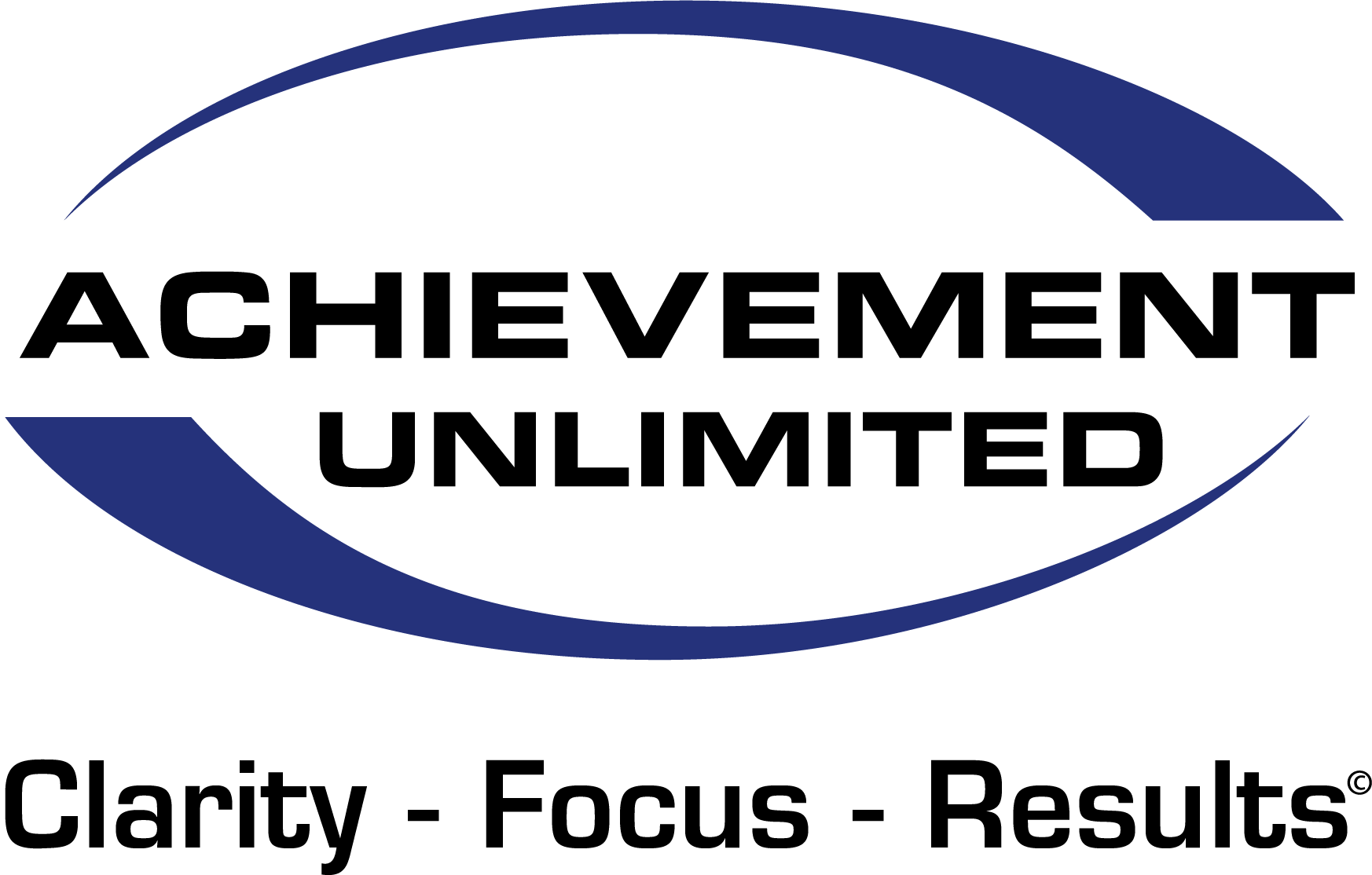Make It a Grateful Day
Paul J. Meyer of Leadership Management International defines attitude as “a mental disposition toward events, people, or situations that controls behavior.”
This definition clarifies why it is so important to be mindful and aware of our own thoughts and attitudes. Our thoughts CONTROL what we do, whether consciously or subconsciously.
It is equally important for those who want to live successful lives to change negative thought patterns and attitudes through continuous repetition of new, positive thought patterns.
Attitude is essentially the perspective we take when looking at the world around us. Over the past few weeks, I discussed several different ways that we, as leaders, can look at adversity in a positive light.
Today, I want to discuss one fundamental and powerful perspective that is perhaps most often overlooked – Gratitude! Adopting an attitude of gratitude is a simple step we can take during these times to change our focus from problem to solution. When we start thinking about why we are grateful, our reasons to be grateful become more and more abundant. But how does this work?
Practicing gratitude changes the structure and function of our brains. The more we express gratitude, the more grateful we become overall. Although there is not enough space here to dive deeply into the neuroscience that supports this, you can find it here.
Research also shows that expressing gratitude positively correlates with being happier, healthier, and more professionally engaged. Madhuleena Chowdhury of Positive Psychology explains that regular practice of gratitude releases negative emotions, lessens pain, helps us sleep better, improves our ability to manage stress and reduces anxiety and depression.
As leaders it is our responsibility to model positive attitudes and behavior. If we adopt an attitude of gratitude, our behaviors will show this. We will communicate gratitude to our families, employees, customers and communities not only through our words but through how we live and do business. What a wonderful world it could be if we all behaved gratefully.
Do you want to get started on the journey toward an attitude of gratitude? Click here to download the Attitude of Gratitude worksheet today. Another way to express gratitude is to Celebrate Your Success. Click here to Download.






Recent Comments